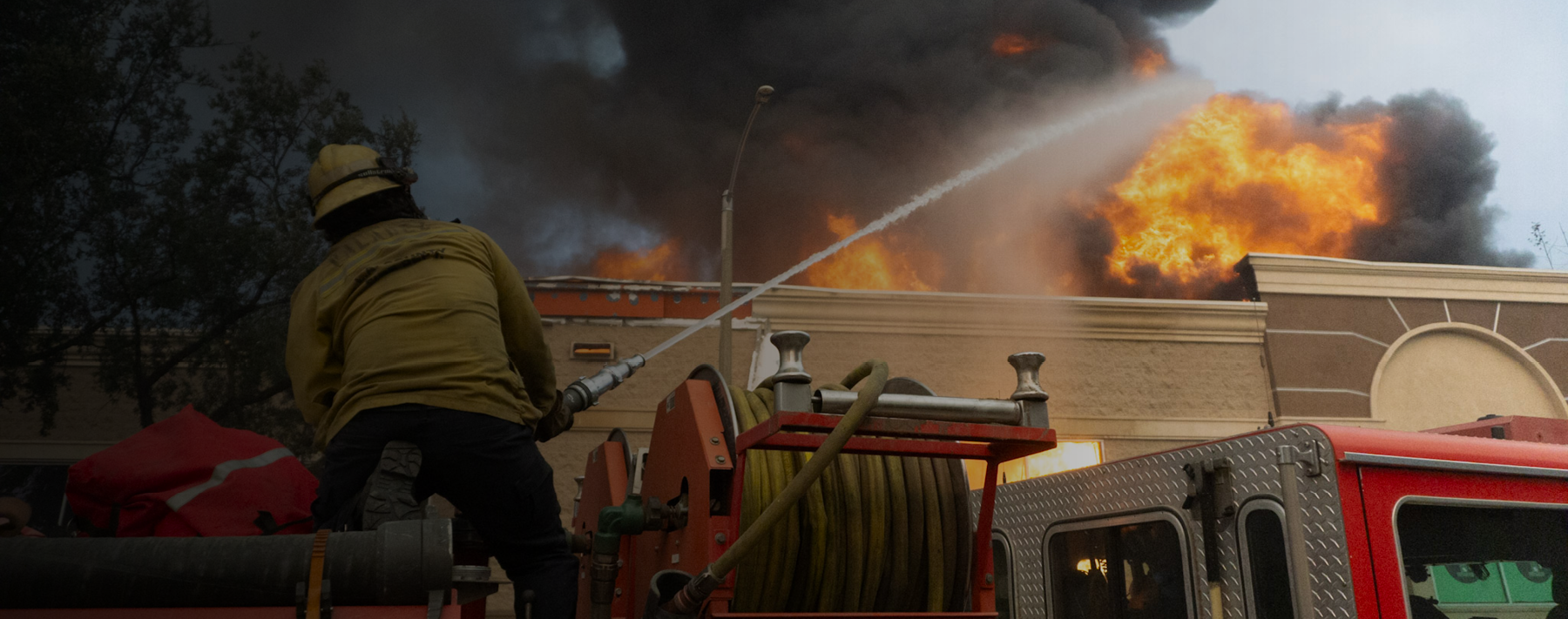Culture. It’s a big, big word. It’s a loaded word. After all, when you talk culture, you’re talking about a whole society of ideas, identity, thoughts, common language and beliefs. You’re wading into assumptions about how a group looks at itself and how other groups view it. You’re looking at the good, bad and ugly, then putting it into a collective statement about a group.
So, does any fire chief really want to take on fire service culture?
If you’ve got a messiah complex, then by all means have at it. For everyone else, let’s focus on behavior and let the culture take care of itself.
Differentiating Culture and Behavior Change
Several years ago, Battalion Chief (ret.) John Salka made a solid argument in defense of the fire service culture. He pointed out that the culture has good and bad points, and to group all those together was wrong. He gave examples of the positives of fire service culture that many of us would argue are in our DNA and dedicate to daily practice. These positives are how we like to see ourselves and how we would like to think our communities see us:
- Respect toward fallen firefighters
- Commitment to training and tactics
- Pride in operations
- Exhibiting discipline in operations
But there’s also a darker side of our fire service culture – or at least how it’s perceived:
- The machismo of dirty gear that interferes with health initiatives
- Misogyny and racism against members and the community
- Wolf pack mentality and a wall of silence hide negative behaviors from captains or company officers, resulting in issues never going up the chain of command to administrative chiefs
- Members allowed to retire or take paid leave to cover suspensions for criminal activity, such as substance abuse, theft of controlled substances, domestic violence, and illegal use of firearms on duty
So, start talking about a culture, and you’ve got to group all aspects of that culture into blanket statements that don’t necessarily reflect individual behaviors.
Only through constant reinforcement will members understand departmental expectations.
This conflict exists in every culture, and it makes any attempt at changing fire service culture dangerous for any leader. Further, referring to cultural traits tends toward more generalized statements that leave a wide berth for interpretation. After all, ask fire service leaders to define organizational discipline or effective leadership, and you’ll get back a range of answers. So, again, forget trying to change a culture. Focus instead on changing the fire service behaviors that create mental and physical risk for firefighters, their families and the community.
Behavior is so much more manageable. Behavior is simply how one acts or conducts oneself, especially toward others. That sounds like something a chief can handle!
Behavior Change in Action
Let’s consider the machismo of dirty gear that interferes with health initiatives as an example. The vision firefighters traditionally had of themselves, and how they wanted the public to see them, was with well-worn turnout gear. Bent, burned, dirty helmets, sooty and scuffed coats and bunker pants completed the look. Clean gear meant you were a rookie or not aggressive enough. Paired with the perception that personal health concerns were a show of weakness, the combination created a dangerous – if not fatal – element of fire service culture.
The growing book of research didn’t really make an impact. Updated national standards alone weren’t going to effect change either. Rather, it was the departments that didn’t worry so much about firefighters’ perceptions and instead concentrated on PPE policies, along with the resources to clean gear, that had the greatest success. Policies dictating on-scene PPE decontamination, cleaning of crew cabs, thorough post-scene cleaning at the station, and regular gear washing as a part of their policies and procedures effected changes in behavior. The connection between personal health and clean gear followed and made the change quicker, with less resistance. With these departments, the culture issue took care of itself.
Behavior Changes: Operations and Personnel
Changing behavior starts with solid policies that are the subject of consistent training, referred to daily, and objectively applied. The results can include:
- Increased trust among crews and between crews and officers
- Reduced risk of serious injury and death
- Increased mental wellness
- Reduced exposure to claims related to harassment, discrimination, and retaliation
- Reduced exposure to theft of controlled substances, department property and department funds
Look at that. All these benefits, and you didn’t have to concern yourself with changing the culture at all.
Start with operations-based policies, such as structure fire response, high-rise response and management, rapid intervention, hazmat response, and staging. After all, it’s what we do. It’s why we are here.
Behavior is simply how one acts or conducts oneself, especially toward others. That sounds like something a chief can handle!
Working from a single set of policies standardizes response and expectations. Nothing personal. It’s just business. When a member asks a question, get in the habit of asking right back, “What does the policy say?” Having members refer to the relevant policy builds a “go-to policy” muscle memory and signals that every member works to the same set of expectations.
Personnel-based policies are a little trickier. With these policies, the potential exists for requiring a member to alter how they behave toward other members generally and their behavior toward members included in a recognized class. Before giving a few examples, please notice that I’m not interested at first with changing their view of the world, their perceptions of others, their biases, or possibly sexist or racist attitudes. I’m just interested in their behavior and adherence to policy. These policies may include:
- Discriminatory harassment, including definitions, prohibitions, reporting, response, and employee protections
- Conduct and behavior, including prohibitions on workplace violence, hazing and bullying
- Personnel complaints, including specific avenues for reporting and prohibitions on retaliation
- Member speech, expression and use of social media
Your goals with personnel policies are the same as with operations policies:
- Get all members working from a single set of policies to standardize behavior and expectations
- Increase trust
- Increase operational efficiency
- Reduce risk
Just like operational policies, these require consistent training and objective application. However, policies proscribing how one member treats other members and the public require something more. Only through constant reinforcement will members understand departmental expectations. Employees subject to mistreatment have realistic and reasonable avenues for reporting and protection from retaliatory behavior. Employees engaging in behaviors that violate policy can expect significant consequences, and all members know that senior officers and administrators take the issue seriously. For example, when it comes to policies related to conduct, discrimination, anti-retaliation and reporting, aside from fully dedicated training sessions, I try to work in at least 10 minutes during operations training to address a personnel policy.
Look Within
“Everyone thinks of changing the world, but no one thinks of changing himself.” – Tolstoy
Swap out “world” for “fire service,” and there you go. Don’t worry about changing the culture. It’s a thankless and likely doomed effort that will do little for your legacy. Instead, build a reputation as a leader by using good policy and objective-based standards, applied equally to all members, that focus on member behavior. That’s how you can effect meaningful change.



